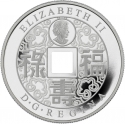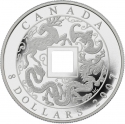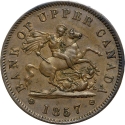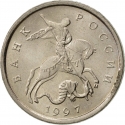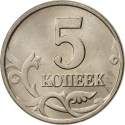You are about to finish your registration. Please check your mailbox (including spam folder). There should be a letter with a confirmation link. Check setting to make sure that your e-mail address is correct.
Send letter againDescription
Emperor Meiji (1852–1912), or Meiji the Great, was the 122nd Emperor of Japan according to the traditional order of succession, reigning from 3 February 1867 until his death on 30 July 1912. He presided over the Meiji period, a time of rapid change that witnessed the Empire of Japan rapidly transform from an isolationist feudal state to industrialized world power.
At the time of Emperor Meiji's birth in 1852, Japan was an isolated, pre-industrial, feudal country dominated by the Tokugawa shogunate and the daimyōs, who ruled over the country's more than 250 decentralized domains.[citation needed] By the time of his death in 1912, Japan had undergone an extensive political, economic, and social revolution and emerged as one of the great powers on the world stage.
Since the modern era, when an Emperor of Japan dies they are given a posthumous name. Such a name is a combination of the era of which they reigned and coincides with the Emperor's contribution to the throne whilst they were alive. Therefore, while publicly known during his life merely as "The Emperor", he is historically known as "Emperor Meiji" after his death. He obtained this current title in reference to the Meiji period which spanned almost the entirety of his reign. His personal name (which is not used in any formal or official context, except for his signature) was Mutsuhito (睦仁).
Obverse

|
Depicts entwined Dragon, surrounded by the state name ("Empire of the Rising Sun"), date and value in English. · 年三十治明 · 本 日 大 · |
|---|---|
Reverse

|
Depicts a value ("2 sen") in the centre, the Imperial Seal and value ("50 for one yen") above, within branches of Paulownia flower (heart-shaped leaf). 圓一換 枚十五 |
| Edge |




